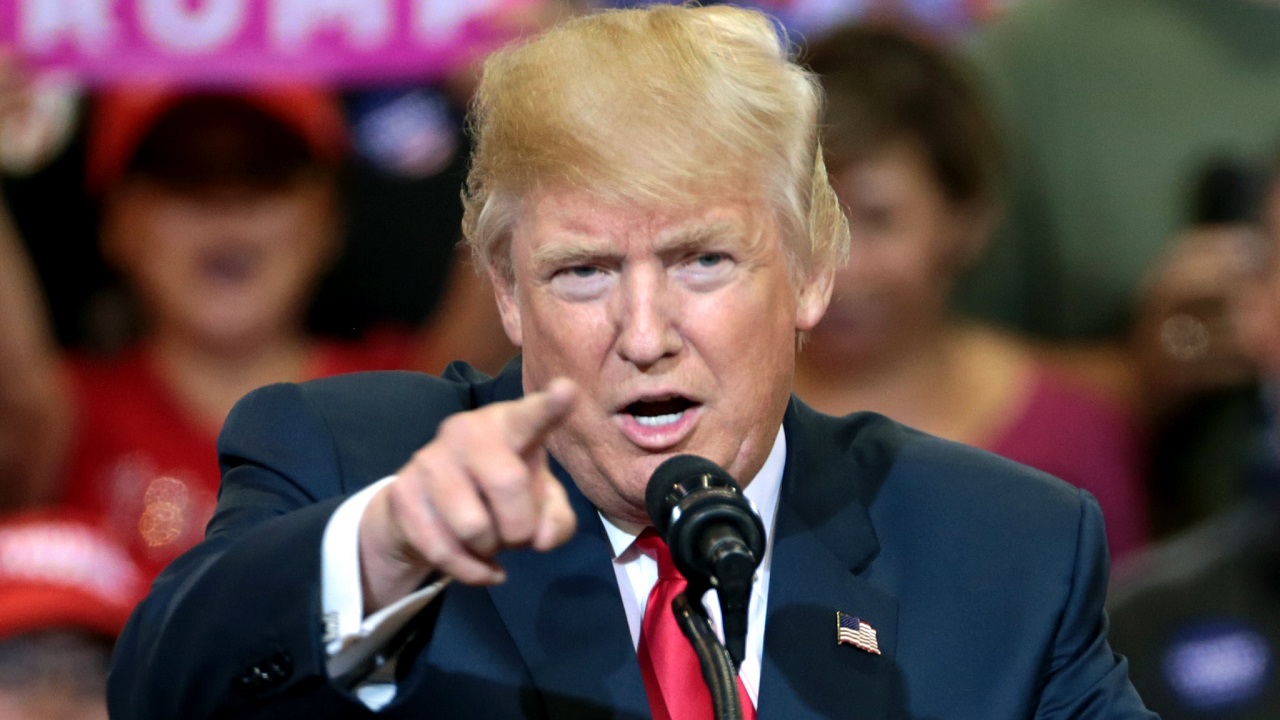Donald Trump wants to be the next Grover Cleveland–or the Republican version anyway. Cleveland was a New Yorker who won the White House in 1884 to take on the Washington, D.C. swamp, in those days the spoils system and patronage. In Trump’s era, it was the permanently entrenched deep state.
(Subscribe to Our YouTube Channel Here. Check out More 19FortyFive Videos Here)
Why Donald Trump Wants to Be Grover Cleveland
Of course, where Donald Trump wants to emulate Cleveland is becoming the second president to serve non-consecutive terms. Cleveland lost the 1888 election to Benjamin Harrison (winning the popular vote), but made a triumphant comeback in 1892 election.
What History Can Tell Us
There is a reason Cleveland stands out in history, and it isn’t because former presidents never sought another term. Several did–and failed. Three even ran as third-party candidates.
President Martin Van Buren was a one-termer. He was the architect of Andrew Jackson’s presidential victories and the founder of the Democratic Party. After serving as vice president in Jackson’s second term, he won the presidency in 1836.
Van Buren, was a famous New Yorker, though not particularly similar to Donald Trump. He hit a massive recession and lost in 1840 to Whig William Henry Harrison, partly for circumstances out of his control. Trump lost in 2020 mainly because of circumstances out of his control with the COVID-19 pandemic.
Van Buren mounted a comeback to try to win the presidency again in 1844–and he came up short. The party he created rejected him at the Democratic National Convention in Baltimore. Van Buren won a majority on the first ballot, but the party had adopted a rule that the nominee must have two-thirds of the delegates. This led to a lot of horse-trading, and rising stars such as Pennsylvania Sen. James Buchanan, Michigan Gov. Lewis Cass, and Van Buren’s own former vice president Richard Mentor Johnson. Amid the split, Jackson played the peacemaker pushing a parochial favorite, former Tennessee Gov. James K. Polk. Van Buren sent his delegates to Polk, enough to secure victory on the ninth ballot.
Van Buren wasn’t done–and held some ill will. Though he had previously tried to prevent slavery from becoming a political issue, he would, strangely enough, run as the nominee of the Free-Soil Party in 1848. A faction of New York Democrats was known as the “Barn Burners” threw its support behind the Free Soil Party.
Van Buren wasn’t running to win, but to raise the clout of the “Barn Burners” faction, as he won 10 percent of the vote–and likely helped Whig Zachary Taylor defeat Cass, the Democrat.
Millard Filmore, a former congressman from upstate New York, was Taylor’s vice president and ascended to the White House in 1850 upon Taylor’s death. However, he didn’t win the Whig nomination in 1852. The Whigs were falling apart, and in the 1856 election, Fillmore won the nomination of the American Party, a third party better known as the “Know Nothings.” He only carried the state of Maryland on Election Day but was a staunch opponent of slavery during his third-party run.
Grant to Hoover
Ulysses S. Grant was a Republican who, like Trump, never held political office before he was elected president. And, like Trump, he and his administration were under constant investigation. Grant was the first president to face down a special prosecutor. Unlike Trump, he had two landslide victories–in 1868 and 1872.
The GOP being a circular firing squad is nothing new. In those days, they had factions, one of which was the Stalwarts that rallied behind a Grant run in 1880.
Grant didn’t publicly pursue the Republican nomination, but Stalwarts organized a campaign, securing more delegates for the general than any other candidate by the opening of the Republican National Convention that year in Chicago–though he didn’t have a majority. He beat Maine Sen. James G. Blaine in a narrow delegate count on the first ballot—with other candidates running far behind.
Subsequent rounds of convention voting were the same, but eventually, an anti-Grant faction formed. Blaine’s delegates finally joined the delegates of other candidates and on the 36th ballot, nominated a compromise candidate, Ohio Rep. James Garfield, a former Union general himself. Grant went on to give campaign speeches for Garfield.
Then came the brash New Yorker who knew how to rally the masses–but caused angst in the Republican establishment. That would of course be Teddy Roosevelt.
Moving up from the vice presidency after the assassination of President William McKinley, and empowered the progressive wing of the Republican Party. He easily won in 1904 but pledged not to run for re-election in 1908, endorsing his War Secretary William Howard Taft to succeed him.
Taft sided with the more conservative flank of the GOP and rolled back some of TR’s progressive policies. The enraged former president challenged Taft for the nomination in 1912. Roosevelt won nine of the 13 state primaries. But at the convention–again in Chicago–Taft quickly had enough delegates to win the nomination.
TR and his supporters bolted and formed their own party–the Progressive Party, nicknamed the Bull Moose party that nominated Roosevelt. Unlike Van Buren and Filmore who ran as third-party candidates and had a distant third place finished, Roosevelt came in second place, and an incumbent president finished third place.
But the split in the Republican Party caused the election of one of the worst–perhaps most evil–presidents in American history, Woodrow Wilson.
Similar to the recession that made Van Buren a one-termer and the pandemic that would make Trump a one-termer, it was of course, the Great Depression that torpedoed a second term for Herbert Hoover, losing to Franklin Roosevelt.
Hoover was not among the ex-presidents to fade away. Though he lost a landslide, he planned a political comeback. He was a constant critic of FDR’s New Deal, doing interviews and making speeches. He made another run for the presidency and his anti-New Deal speech at the 1936 Republican National Convention in Cleveland got booming applause from the delegates.
But–perhaps similar to Trump–Hoover was among the most maligned politicians in America. Republicans were not ready to take another chance and nominated Kansas Gov. Alf Landon, show supported many New Deal programs, but only won two states against Roosevelt.
Hoover tried again for the nomination in 1940. But delegates shockingly backed a New York businessman with no political experience, who had in the past shown his political leanings for Democrats. Wendell Willkie–who was sort of Donald Trump before Trump—achieved an unlikely groundswell of support to capture the Republican nomination. But he ultimately lost to FDR as well.
Can Donald Trump Win?
The question now: can Donald Trump emulate the victorious Grover Cleveland or join the other past president also-rans? Another question: If Ron DeSantis (or someone else) wins the Republican nomination in 2024, will Trump take the third-party rouet of TR, Filmore, and Van Buren?
If we’ve learned one thing about Donald Trump it’s that historical precedents rarely apply to him.
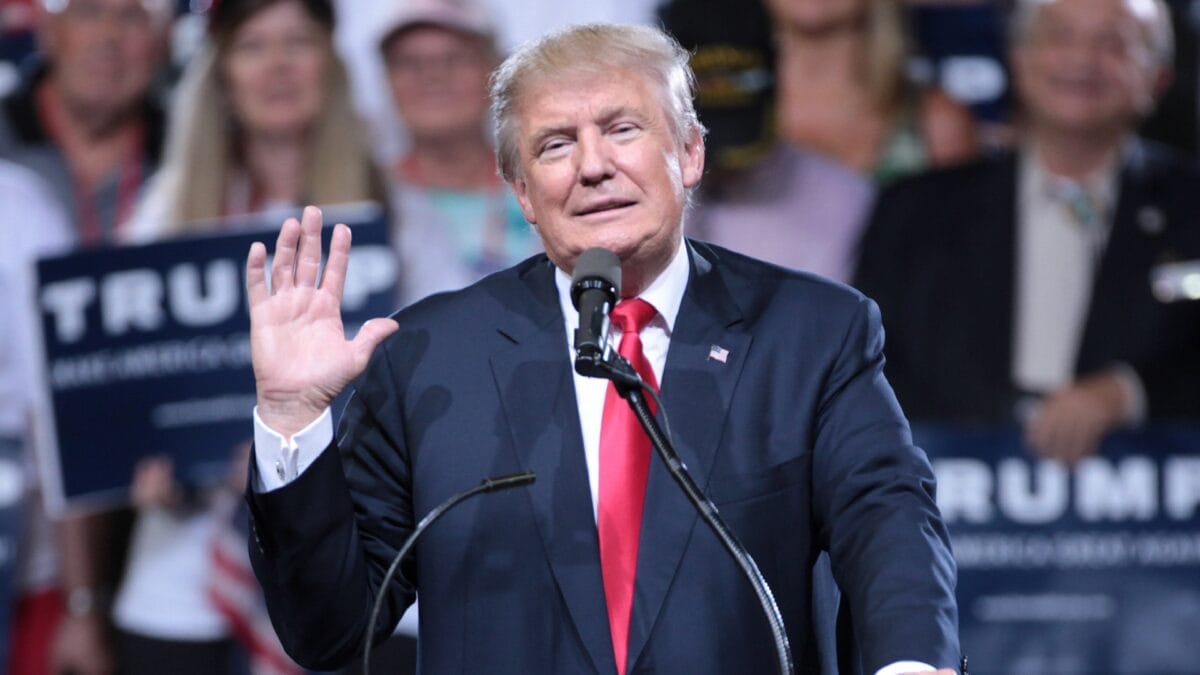
By Gage Skidmore: Donald Trump speaking with supporters at a campaign rally at Veterans Memorial Coliseum at the Arizona State Fairgrounds in Phoenix, Arizona.
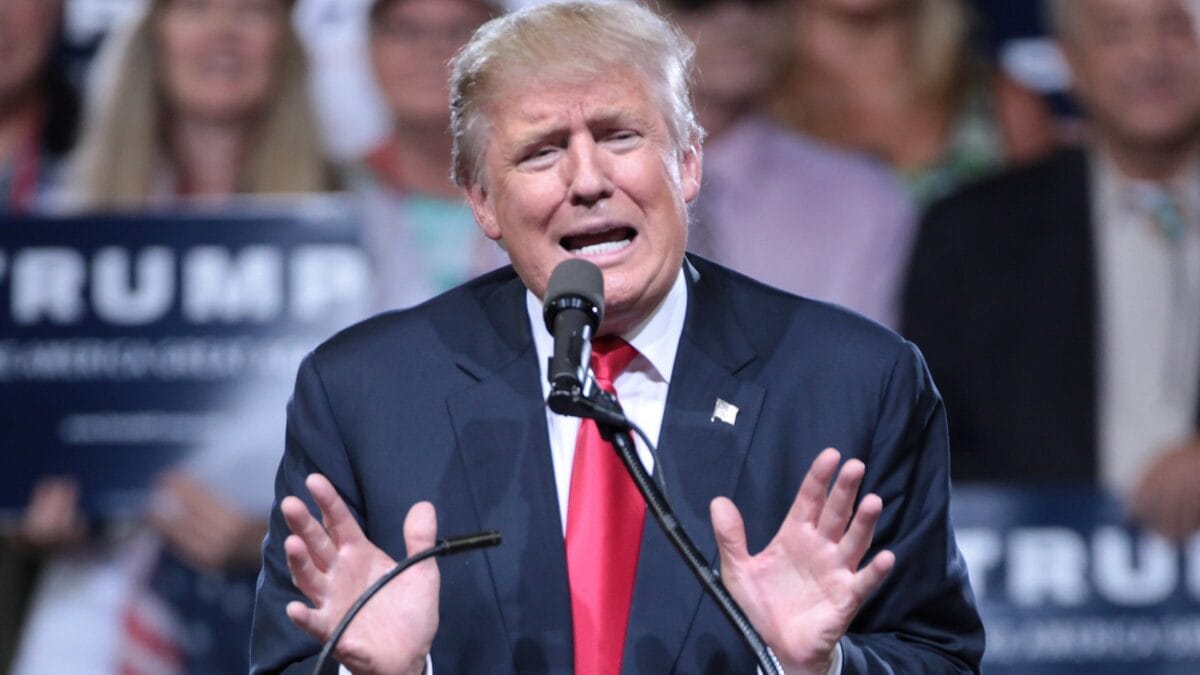
Donald Trump. Image by Gage Skidmore.
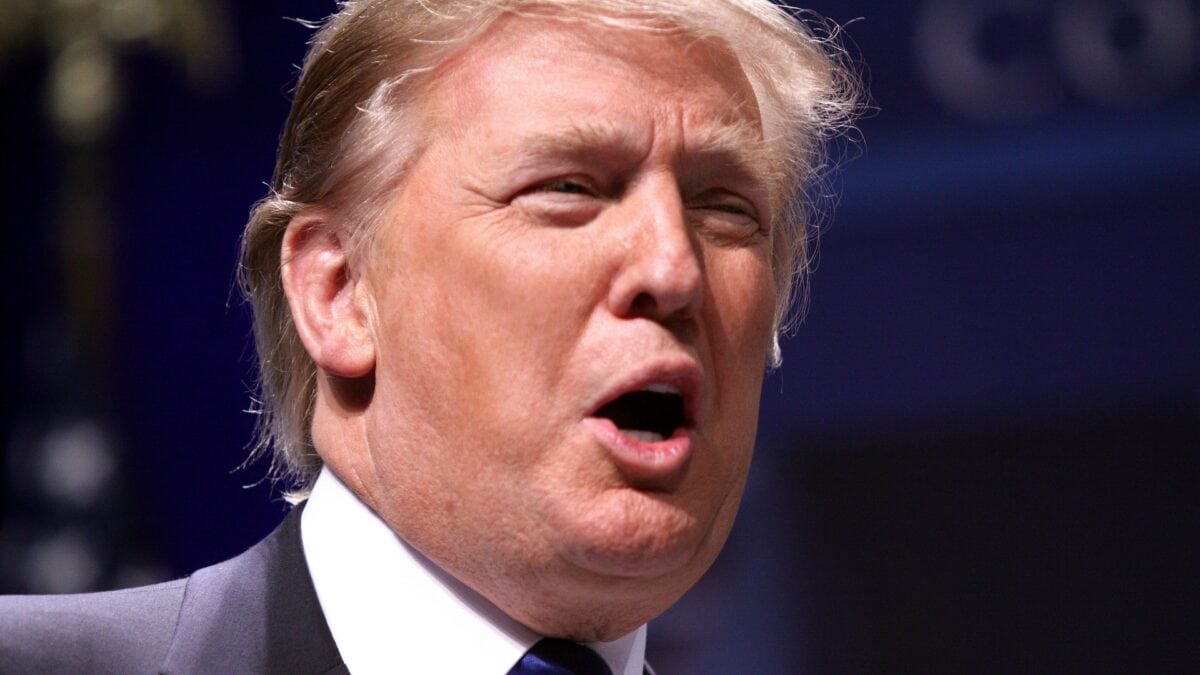
Donald Trump speaking at CPAC 2011 in Washington, D.C.
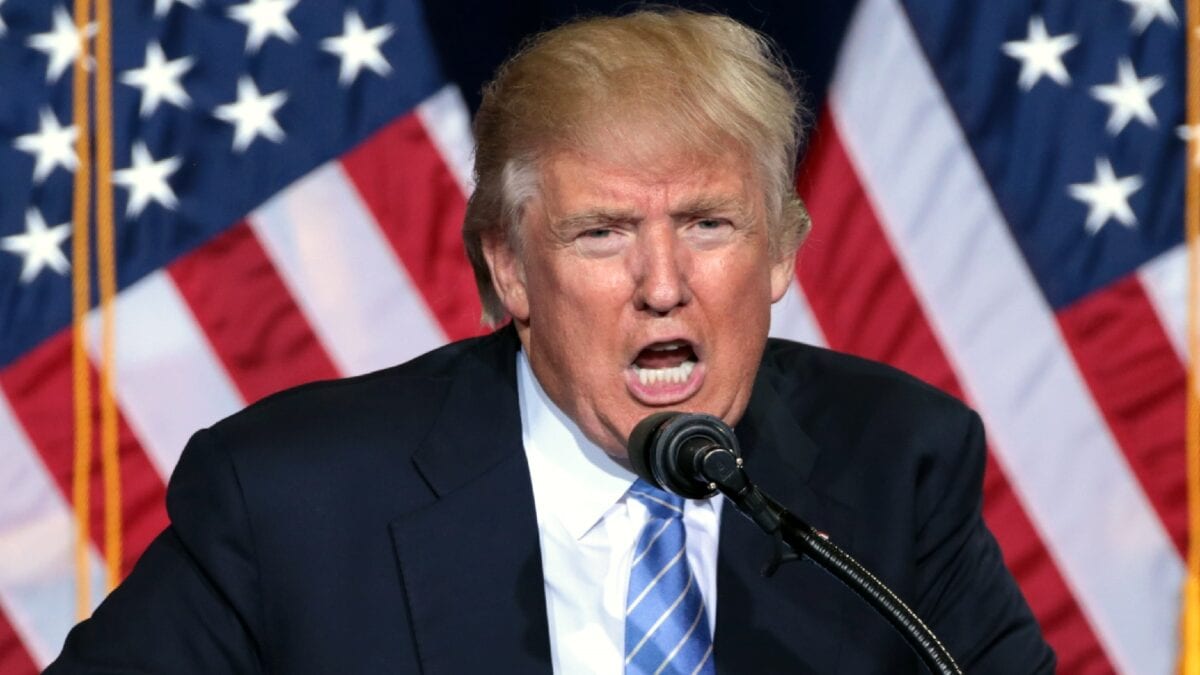
Donald Trump speaking to supporters at an immigration policy speech at the Phoenix Convention Center in Phoenix, Arizona.
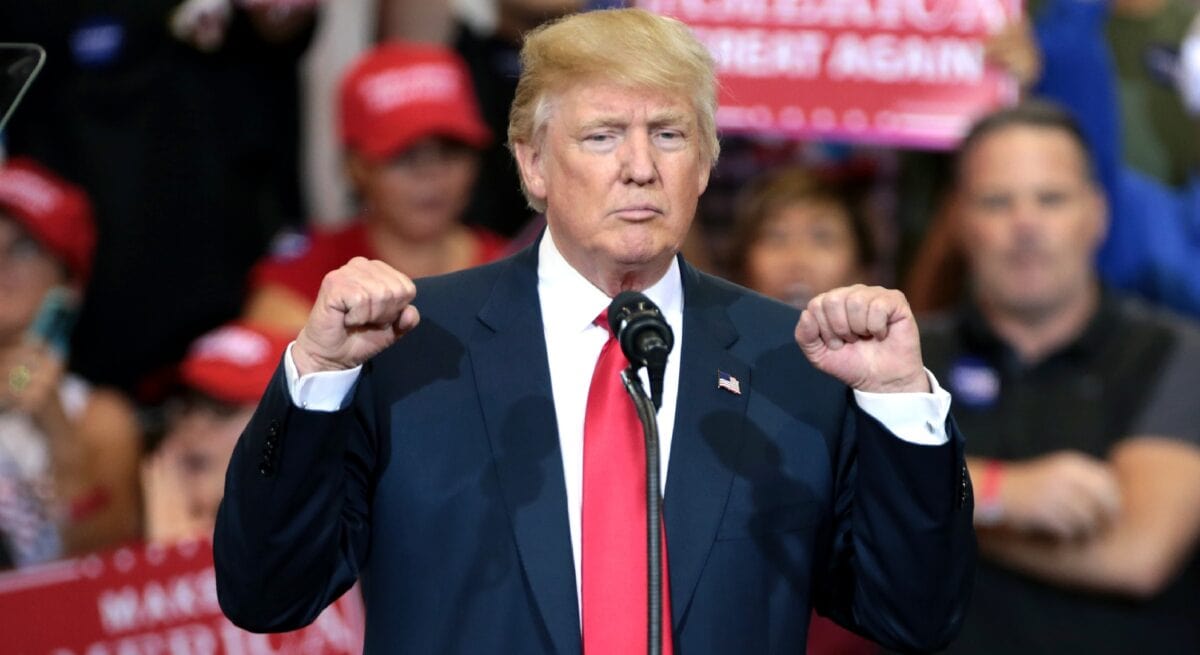
Donald Trump speaking with supporters at a campaign rally at the Phoenix Convention Center in Phoenix, Arizona.
Fred Lucas, the author of The Myth of Voter Suppression, is the manager of the Investigative Reporting Project at The Daily Signal.

